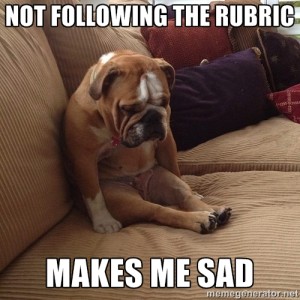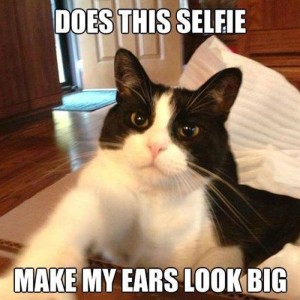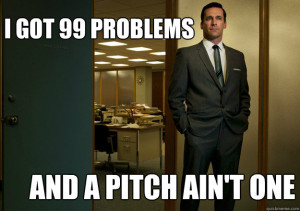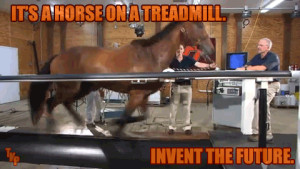This is the post for the Wednesday, March 30, 2016 class meeting.
 Peer Review Process
Peer Review Process
We will complete an informal peer review activity today, following these instructions:
- Review the Rubric for 4 Modes of Virginia Tech as a class and answer any questions.
- Arrange the class into partner pairs or groups.
- Use the Rubric for 4 Modes of Virginia Tech to work through your partner’s work.
- Provide advice and support verbally. You will not turn in any written work.
- Do any remaining revisions on your project once you have exchanged feedback.
Project Submission on Friday
Class will work online. There will be no class meeting in Shanks and no office hours.
Finish up work on your portfolio, and submit by 11:59 on Friday, 4/1:
- Go to the 4 Modes of Virginia Tech quiz in Canvas. While we are using the Quiz tool, your work is still a major project in the course.
- Work through the questions to ensure you include all of the required elements on the Rubric. If you are in a group, each group member needs to answer the questions.
- Submit it when you are done.
If you need more time to work on your project, use the Grace Period, which ends at 11:59 PM on Friday, 4/8. If you turn in your work, I assume it is ready to be graded. Remember that there are no rewrites or revisions after work is graded.
Work Schedule
| M, 4/4 |
We’ll talk about documentation and permissions for graphics, sound clips, video clips, and even words. Read all of the following:
|








